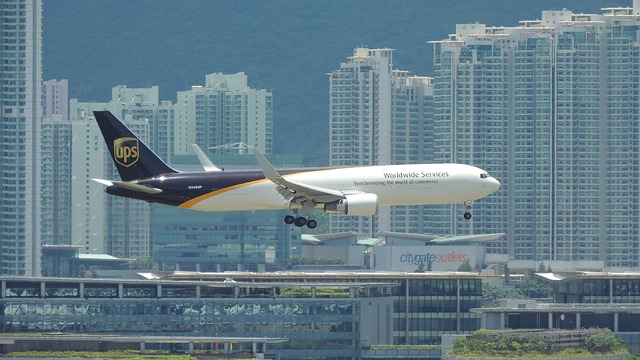Remote-controlled unit heaters are transforming climate management in industrial spaces like warehouses by enabling precise temperature control from a distance. With various types including gas fired, electric, and suspended heaters, each with different BTU capacities, these devices cater to diverse applications while maintaining discreet ceiling mounting for consistent warmth. Operators can manage multiple heaters easily via switch or app, optimizing energy usage and enhancing comfort, productivity, and safety across large or uniquely configured buildings.
Remote-controlled unit heaters are transforming on-site climate management, offering unparalleled efficiency and control in today’s digital era. These innovative devices allow for precise temperature adjustments from afar, simplifying complex tasks and enhancing site productivity. In this article, we explore how remote unit heaters revolutionize climate control, discuss their on-site advantages, and highlight their growing role in simplifying various tasks, making them an indispensable tool for modern operations.
- Revolutionizing Climate Control: Remote Unit Heaters
- On-Site Efficiency: The Power of Remote Controls
- Simplifying Complex Tasks: A Heater's New Role
Revolutionizing Climate Control: Remote Unit Heaters

In today’s world, efficient and precise climate management is paramount, especially in large industrial spaces like warehouses. Remote-controlled unit heaters are revolutionizing how we control temperature, offering a sophisticated solution for commercial heating needs. These innovative devices allow users to manage heating systems from afar, ensuring optimal comfort without the hassle of physical adjustments. With various types available, including gas fired units, electric heaters, and suspended heaters, each with its unique BTU capacity, they cater to diverse warehouse applications.
Whether it’s a vast industrial space or a well-insulated commercial building, remote unit heaters provide efficient forced air heating. Their ceiling-mounted design keeps them discreet while delivering consistent warmth. This technology simplifies the process of managing indoor climates, making it accessible and convenient for facility managers.
On-Site Efficiency: The Power of Remote Controls

Remote-controlled unit heaters offer significant advantages in on-site climate management, enhancing efficiency and control. One of their key strengths lies in the ability to adjust heating systems remotely, allowing for precise temperature regulation across various industrial spaces, from warehouses to commercial facilities. This feature is especially valuable in large or uniquely configured buildings where accessing every corner can be challenging.
With remote controls, operators can easily manage multiple unit heaters, including gas fired units and electric heaters, from a central location. This capability not only simplifies the process of controlling heating but also optimizes energy usage. By precisely adjusting BTU capacity and forced air heating settings, facilities managers can ensure that each ceiling mounted heater operates at maximum efficiency, creating an optimal indoor climate without unnecessary energy wastage.
Simplifying Complex Tasks: A Heater's New Role

In the realm of on-site climate management, remote-controlled unit heaters are transforming complex tasks into seamless operations. These innovative heating solutions offer more than just warmth; they provide precise temperature control and efficient energy distribution, making them ideal for various settings, from warehouse applications to industrial spaces. With a simple flip of a switch or tap on a smartphone app, operators can adjust BTU capacity and direct forced air heating exactly where needed.
Suspended heaters, gas fired units, and electric heaters now play a versatile role, allowing for dynamic climate adjustments in commercial heating scenarios. Whether ceiling-mounted or installed in strategic locations, these remote-controlled systems enhance comfort and productivity while reducing energy consumption. In industrial spaces, where maintaining optimal conditions is crucial, remote control offers convenience and ensures the safety of personnel by eliminating the need for direct interaction with potentially hazardous equipment, such as high-temperature heating units.
Unit heaters have evolved from mere heating sources to versatile tools simplifying on-site climate management. By employing remote control technology, these devices offer unprecedented efficiency and ease of use, transforming complex tasks into simple operations. This innovative approach not only enhances productivity but also underscores the importance of leveraging modern technology in managing environmental conditions, making unit heaters a game-changer in various industries.
